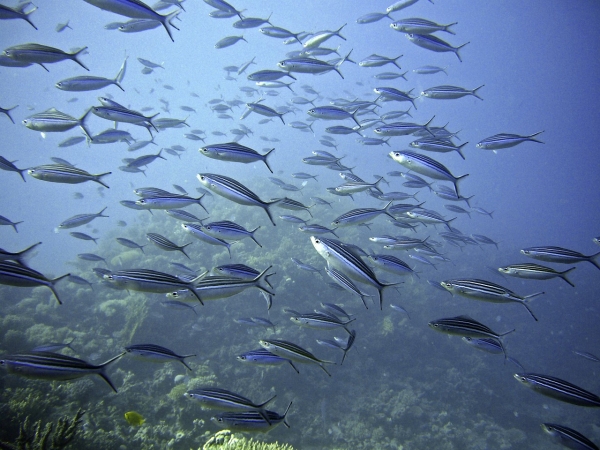Animal and plant populations have been extensively studied, which has helped to understand ecosystem processes and evolutionary adaptations.
Animal and plant populations have been extensively studied, which has helped to understand ecosystem processes and evolutionary adaptations. However, this has not been the case with microbial populations due to the impossibility of isolating, culturing and analyzing the genetic content of the different species and their individuals in the laboratory. Therefore, although it is known that populations of microorganisms include a great diversity, this remains largely uncharacterized.
Now, a new study from the Institut de Ciències del Mar (ICM-CSIC) recently published in the journal Microbiome highlights the potential of marine microbial populations as indicators of global change. Specifically, the work analyzes the knowledge generated to date on marine microbial populations and their role in the ecosystem, concluding that their analysis through space and time could reflect the effects of global change.
"This is because small genetic changes in these populations could be more directly correlated with the slight but continuous environmental changes associated with global change, than the analysis of species," explains Ramiro Logares, the study’s author.
According to the researcher, this would not have been possible without new molecular and computational techniques, which have made it possible to explore at the genetic level and in a more generalized way the distribution and diversity of microbial populations in their natural environments.
Read more at Spanish National Research Council (CSIC)
Photo Credit: joakant via Pixabay




